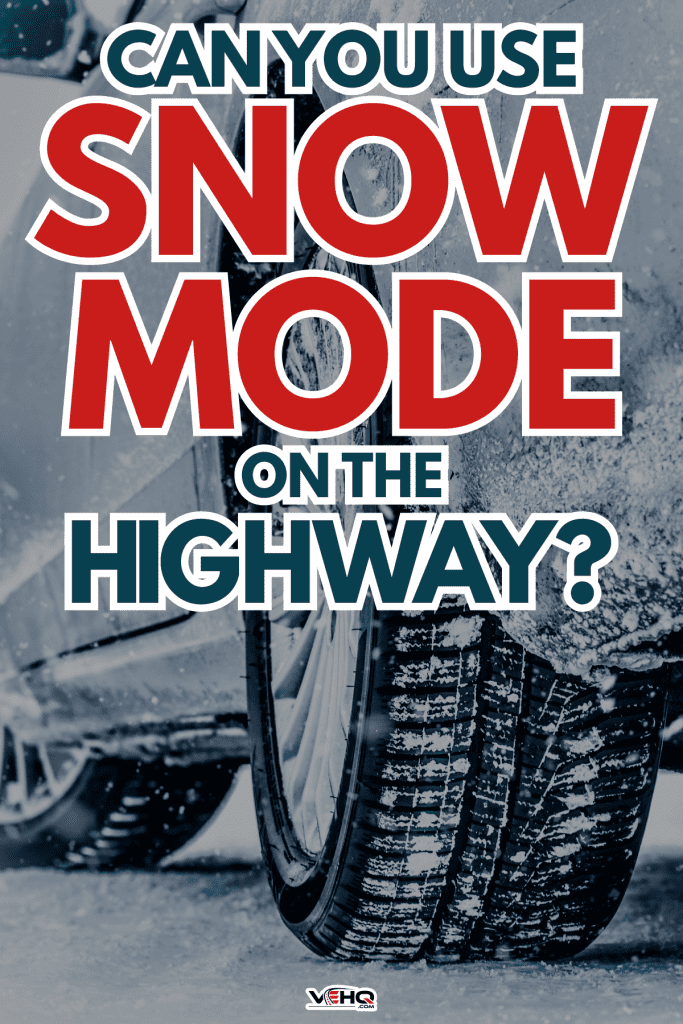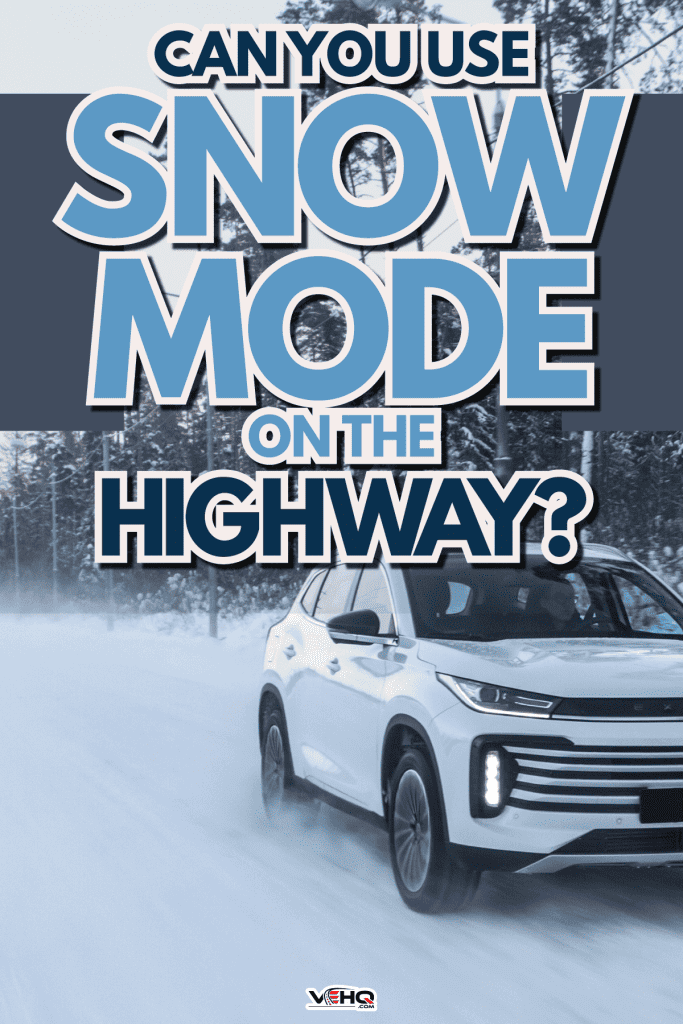With winter weather and snowy conditions, it's natural for drivers to wonder about the best ways to traverse the roads safely.
Modern vehicles often come equipped with snow mode features designed to improve traction and control in slippery conditions. But can you use snow mode on the highway?
The Snow mode setting in vehicles is designed specifically for safe driving on snowy or icy roads and highways, and it is not suitable for off-road driving situations due to its unique settings and limitations.
This feature helps you maintain traction by reducing power to wheels that have lost grip and improving driving dynamics on snowy roads.
It is important to use the appropriate driving mode for the specific driving conditions to ensure optimal vehicle performance and safety.
Now that you know snow mode can be used on highways, let's explore how it works and the best practices for utilizing this technology during your winter driving experience.
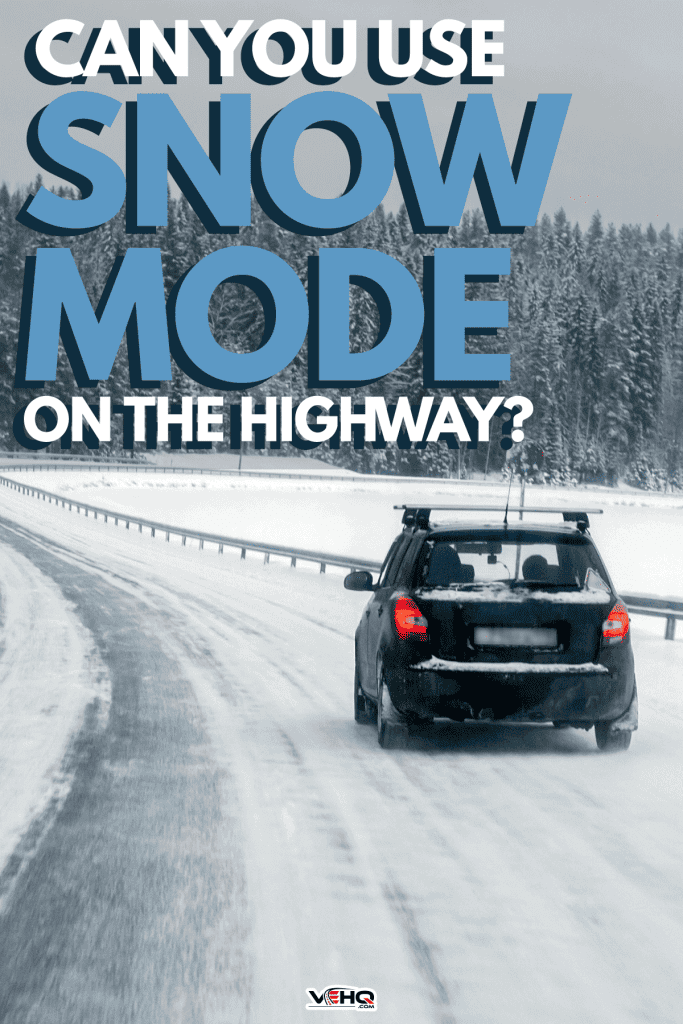
Using Snow Mode On The Highway
You may wonder if it's safe to use snow mode on the highway. Let's explore how snow mode works and some crucial considerations for using it safely on the highway.
What Is Snow Mode?
Snow mode is a feature in modern vehicles designed to improve handling and stability on slippery roads. When activated, it adjusts various aspects of your car's performance to help maintain control in snowy or icy conditions.
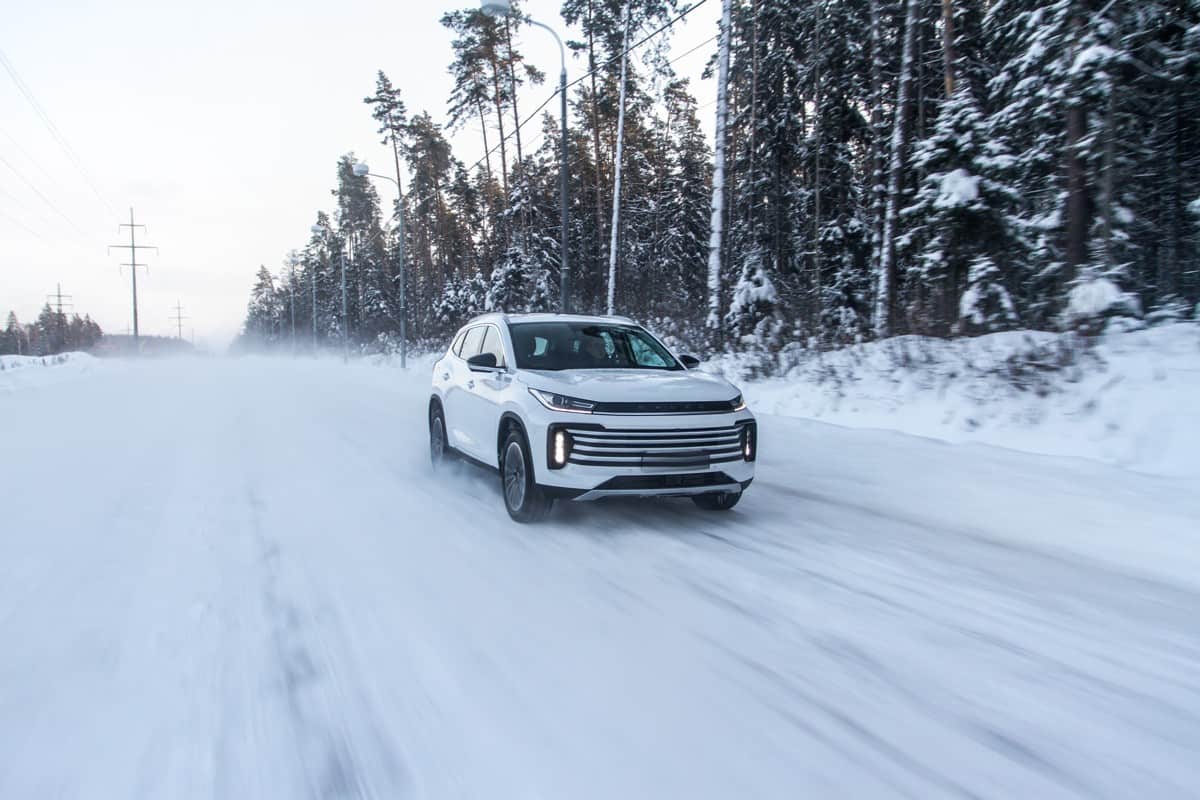
How Snow Mode Works
Activating snow mode changes your car's response to inputs like acceleration and braking, making them more gradual and less sudden.
This helps reduce the risk of losing traction on slippery surfaces, like those found on snow-covered or icy highways.
Pros And Cons Of Snow Mode
Using snow mode on the highway can enhance your vehicle's stability and reduce the likelihood of an accident in inclement weather.
However, it might also lead to slower acceleration and reduced overall performance, which could affect your driving experience.
Safety Considerations
While snow mode can be beneficial for maintaining control in certain conditions, it's essential to remember that it doesn't solve all driving challenges on the highway.
Adapting your driving habits, such as reducing your speed and increasing the distance between vehicles, is still crucial for ensuring safety in snowy or icy conditions.
Alternative Driving Modes For Highways
Aside from snow mode, your vehicle might be equipped with other driving modes suitable for highway driving.
Let's take a look at some of these alternatives that may improve your driving experience and safety.
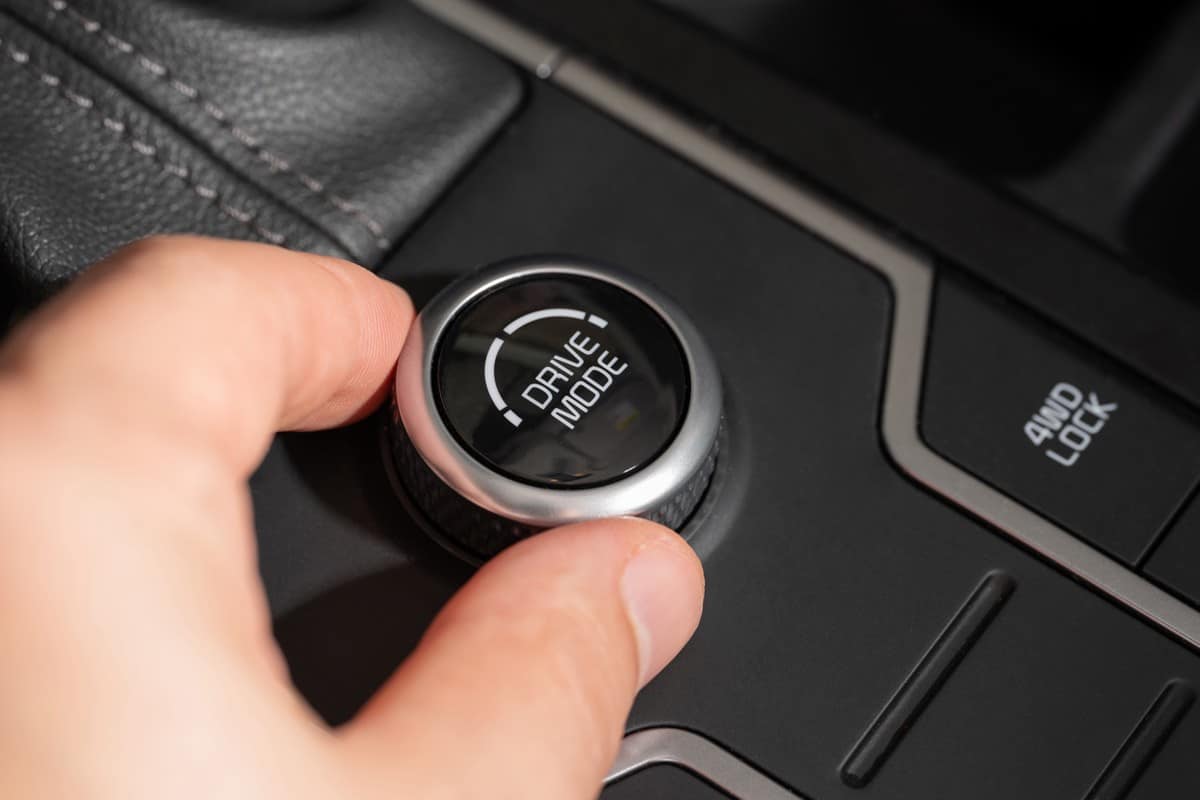
Eco Mode
If you want to save money on fuel, using Eco Mode while driving on the highway is an excellent choice. This mode adjusts your vehicle's performance to optimize fuel efficiency.
Sport Mode
For a more spirited driving experience, consider using Sport Mode on the highway. This mode enhances throttle response, transmission shift points, and engine output for improved handling and acceleration.
Normal Mode
Your vehicle's standard drive setting, normal or comfort mode is designed for a balance of performance and fuel efficiency.
For typical highway driving, using normal mode will give you a comfortable and smooth ride.
Weather Mode
Some vehicles, like certain Chevy models, have a Weather Mode that can be useful if you encounter adverse weather conditions on the highway.
This mode adjusts the throttle progression and transmission shift points to improve traction and control on slippery surfaces.
How Fast Should I Go In Snow Mode?
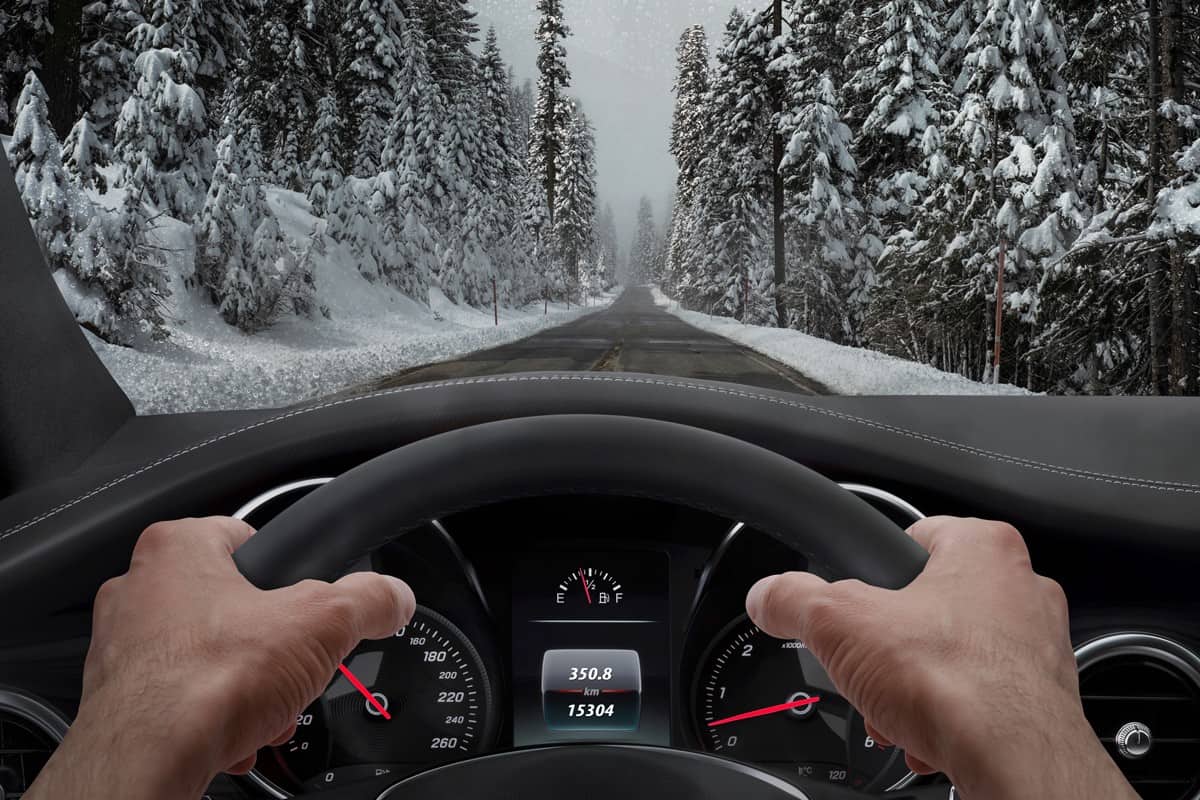
While driving in snow mode, the focus should be more on safety than speed. You should maintain a steady, moderate pace to ensure better traction and control on slippery surfaces.
Snow mode adjusts your vehicle's settings to improve driving in slick conditions, like changing to a higher starting gear to prevent wheel spin, or modulating power and shifting patterns for better stability.
There is no set maximum speed for driving in snow mode, but it is crucial to adapt your speed to the road conditions and visibility.
Slower speeds give you more time to react to any unexpected situations. Remember, snow mode is only a tool to assist you in handling your vehicle; your primary responsibility remains diligent, cautious driving in wintry conditions.
Using snow mode should not replace adjustable driving practices or the need for snow tires and chains when necessary.
Here's a helpful video about everything you need to know about driving in the snow.
When Should You Put Snow Tires On?
Deciding when to install snow tires on your vehicle is crucial for your safety during winter months. The key factor to consider is the average outdoor temperature in your location.
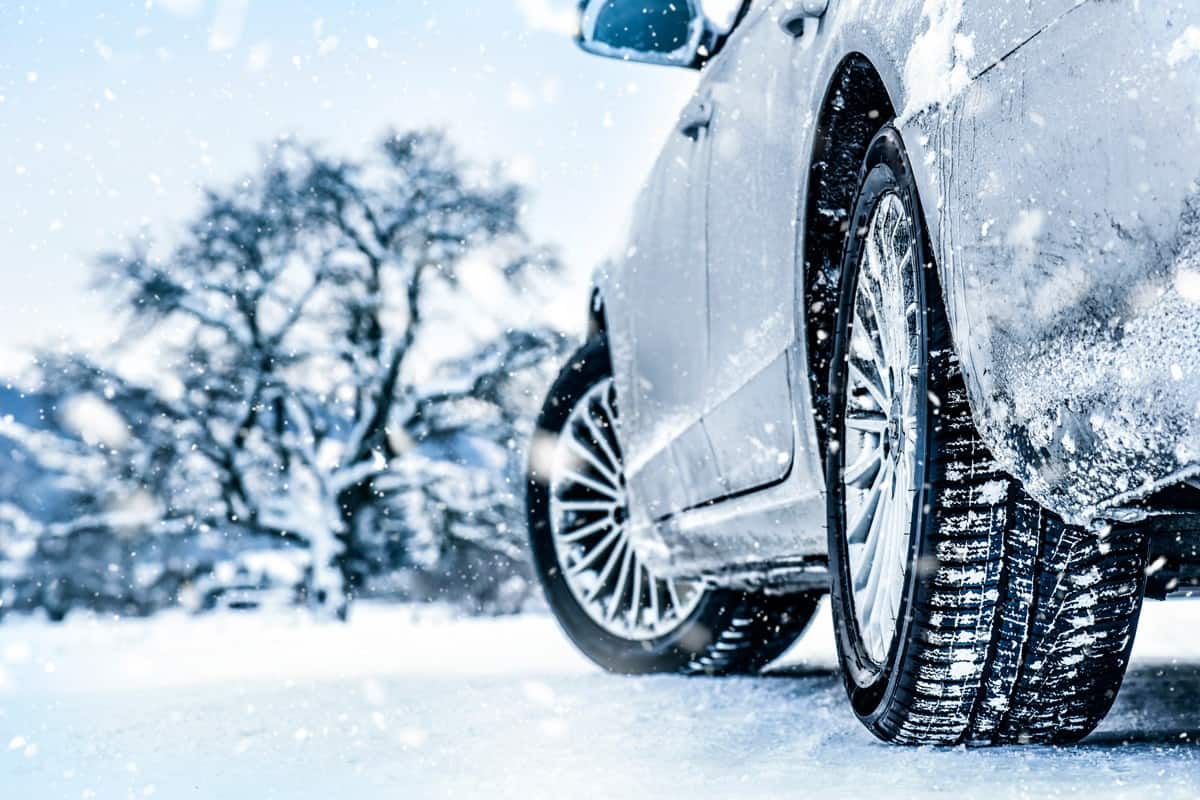
When the temperature consistently stays below 45°F, it's time to make the switch to snow tires, as they provide better traction and control on cold, slick surfaces.
On the other hand, using winter tires above 50-55°F may cause faster wear and decreased performance.
Once you have installed snow tires, you can now take advantage of additional features like snow mode in your car.
Check out this MICHELIN X-Ice snow car tire on Amazon.
Is Snow Mode Good For Rain?
If you're wondering whether snow mode is good for driving in the rain, the answer is that it can be helpful, but it's not necessarily designed specifically for rainy conditions.
However, some of the features that are activated in snow mode, such as a more gradual throttle response and less aggressive shifting, can also be helpful in rainy conditions.
These features can help you maintain better control of your car and avoid slipping or sliding on wet roads.
So while snow mode isn't specifically designed for rain, it can still be a useful setting to have if you're driving in inclement weather.
Vehicle Maintenance Tips For Winter Driving
Driving safely in winter weather involves proper vehicle maintenance. Here are some essential tips you should be aware of while driving on the highway in snow mode.
1. Keep Your Fluid Reservoirs Full
Make sure your windshield wiper fluid reservoir is topped up with high-quality winter fluid that includes a de-icer.
This will help you combat the snow and ice build-up on your windshield during highway winter drives.
To keep your car running smoothly in low temperatures, maintain a full tank of gas and monitor other essential fluids such as coolant, oil, and brake fluid.
2. Check Your Tires
Proper tires are crucial for driving safely in winter conditions. Inspect your tires regularly for adequate tread, inflation, and damage.
Invest in a quality set of winter tires if you live in an area that experiences heavy snowfall and icy conditions.
This will greatly improve traction and handling on slippery road surfaces.
3. Inspect Your Lights
Ensure all your vehicle's lights, including headlights, tail lights, and indicators, are working correctly.
Your visibility will be reduced in snowy conditions, and properly functioning lights make it easier for other drivers to see you on the highway.
4. Maintain Your Battery
Cold temperatures can take a toll on your car's battery. Have it tested and inspected periodically to ensure it's in good working order.
Keep jumper cables in your trunk, so you're prepared in case of a battery failure while you're on the highway.
5. Check Your Brakes
Having effective brakes is particularly important during winter driving. Make sure your brakes are in good condition and they get regular check-ups.
Replace worn pads or other components to guarantee optimal stopping power when you need it most.
Driving Safely On The Highway In Snow Mode

Driving in snow or icy conditions can be challenging, especially on the highway where speeds are higher.
Thankfully, the snow mode feature found in many vehicles can make your driving experience safer and more manageable.
When using snow mode on the highway, it's important to remember that it's designed to help with traction and control in slippery conditions, such as those found in snow and ice.
The system adapts your vehicle's performance, allowing you to maintain better control and avoid skidding or sliding.
Some benefits of snow mode on the highway include starting in a higher gear to prevent wheel spin, better acceleration with less slipping, and smoother gear shifts.
These features can help you navigate the unpredictable conditions that come with winter driving, ensuring a safer and more enjoyable trip.
And while we have your attention, do check out these other related articles below:

